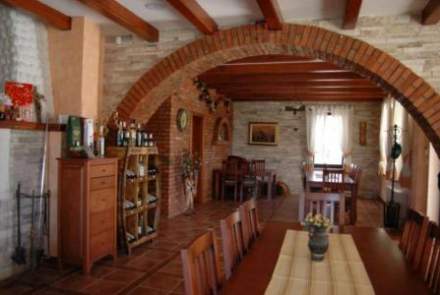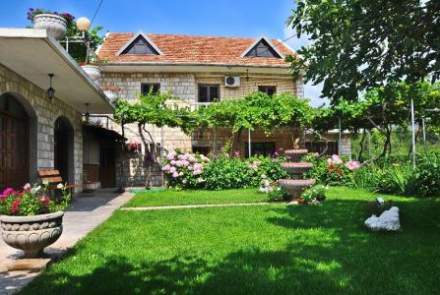Herzegovina is the southern and smaller of two main regions of Bosnia and Herzegovina, located in the Balkans, in Southeast Europe. The other being Bosnia. It has never had precisely defined borders, and its territory varies according to different sources.
The name "Herzegovina" means "duke's land", referring to the medieval duchy of Stjepan Vukčić Kosača. The largest city of Herzegovina is Mostar, which is recognized for its iconic Stari Most (Old Bridge) over the Neretva River. Other notable cities include Konjic and Međugorje, a Catholic pilgrimage site.
The landscape of Herzegovina is shaped largely by the Dinaric Alps, with its karstic plateau, numerous mountain ranges, lakes, and rivers that contribute to the natural beauty of the region. Herzegovina's climate is typically Mediterranean with hot summers and mild, wet winters.
Culturally, Herzegovina has a rich history with diverse influences from the Ottoman Empire and Western European civilizations. This is reflected in its architecture, cuisine, and festivals. It is known for its wine production, specifically its autochthonous sorts Žilavka and Blatina.









